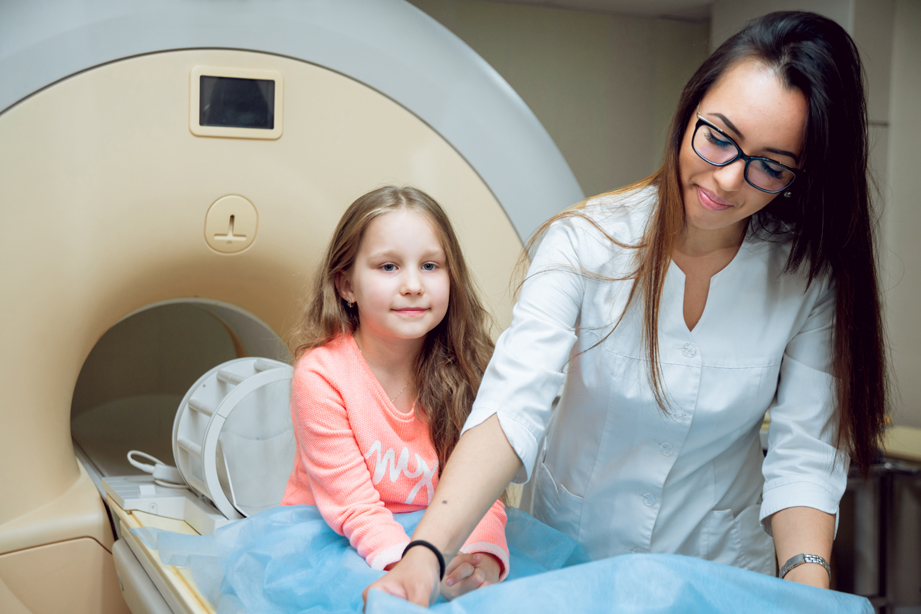FER Course graduates win Best Demonstration Poster Award at the 74th Annual AACPDM Conference
December 16, 2020 | News

September 23-26, 2020, marked the 74th American Academy of Cerebral Palsy & Developmental Medicine’s (AACPDM) Annual Meeting. An infographic checklist that helps guide families through the research process took home the Best Demonstration Poster Award as voted by attendees.
Heather Shearer and Kristina McGuire created the infographic as part of a Kid’s Brain Health Network-funded Family Engagement in Research (FER) Certificate Program. In partnership with McMaster University and CanChild, the online course brings together researchers and family members with a common interest in child neurodevelopmental research. Together, they learn how to collaborate with and support families throughout the research process.
To underscore the importance of family stakeholders in research, the course pairs researchers and family members to work on a final project — creating a knowledge translation tool to help families. Shearer is a doctoral student at the University of Toronto and Holland Bloorview Kids Rehabilitation Hospital, completing a study on children and youth with cerebral palsy. The course paired Shearer with McGuire, an Albertan parent of two.
An objective of the course is to emphasize communication as a crucial part of this type of engagement. Shearer and McGuire wanted to create something that helped facilitate communication between patient partners with lived experience and researchers.
“We decided to develop an infographic to help answer questions that family members or individuals would have about joining a research team,” Shearer said.
They both knew that when a patient partner joins a research project — especially for the first time – there are many questions. Questions about how it all works, how much time is required, and what the family member can contribute at each stage.
Shearer and McGuire chose to focus on addressing those questions in checklist form addressing each phase of the research process: pre-planning, preparatory, execution, and knowledge translation.
Shearer said they chose to make the checklist into an infographic because it was an attention-grabbing and easily accessible format. The team coupled the checklist with another infographic outlining the role of patient partners at each stage.
“We really wanted to make sure our work is reader-friendly, will catch people’s attention, is easy to understand and help reduce barriers,” Shearer said.
By identifying and answering these questions clearly and concisely, Shearer and McGuire hope to ease families’ anxieties and concerns about joining a research team. They also hope to help researchers facilitate conversations and ensure that all the stakeholders know their expectations.
“There are some people who may be a little bit apprehensive because they don’t have formal training in research, but we wanted to kind of break that barrier down,” Shearer said.
“The lived experience and knowledge the families bring to the table is just as important as the researchers’ scientific training.”
Download the Poster